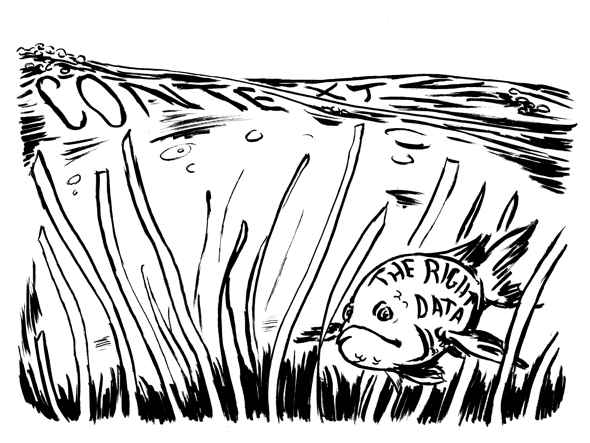Stakeholder Goals and Objectives
Tip: Collect information about the goals and objectives of participants as well as project/program staff and funders and then determine the degree of overlap of goals among different stakeholders.
Tip: Collect data on participant goals and expectations at enrollment so that the goals and expectations of dropouts and non-completers are also collected.
Tip: If there is not a great degree of overlap in goals across stakeholder groups, make clear whose goals are and are not to be included in the evaluation and why.
Rationale: Traditionally, funder and project/program leader goals drive the evaluation and participant goals may not be known.1 Since goal disparities between participants who remain in a project/program and staff may be smaller than goal disparities between staff and those who leave, it is important to collect data from dropouts and non-completers. If groups have different goals and that is not addressed, the evaluation may conclude a project was successful when it wasn't for one or more stakeholder groups. Or an evaluation might conclude a project did not meet its goals, when it did meet the goals of some stakeholder groups.
1 Fingeret, H. A. (1990). Let us gather blossoms under fire. Paper presented at a Conference on Literacy for a Global Economy: A Multicultural Perspective, El Paso, TX. (ED 323 819)
Fingeret, H. A. (1991). Literacy in the USA: The present issues. Paper presented at the Future of Literacy and the Literacy of the Future Conference, Hamburg, Germany. (ED 340 924).


